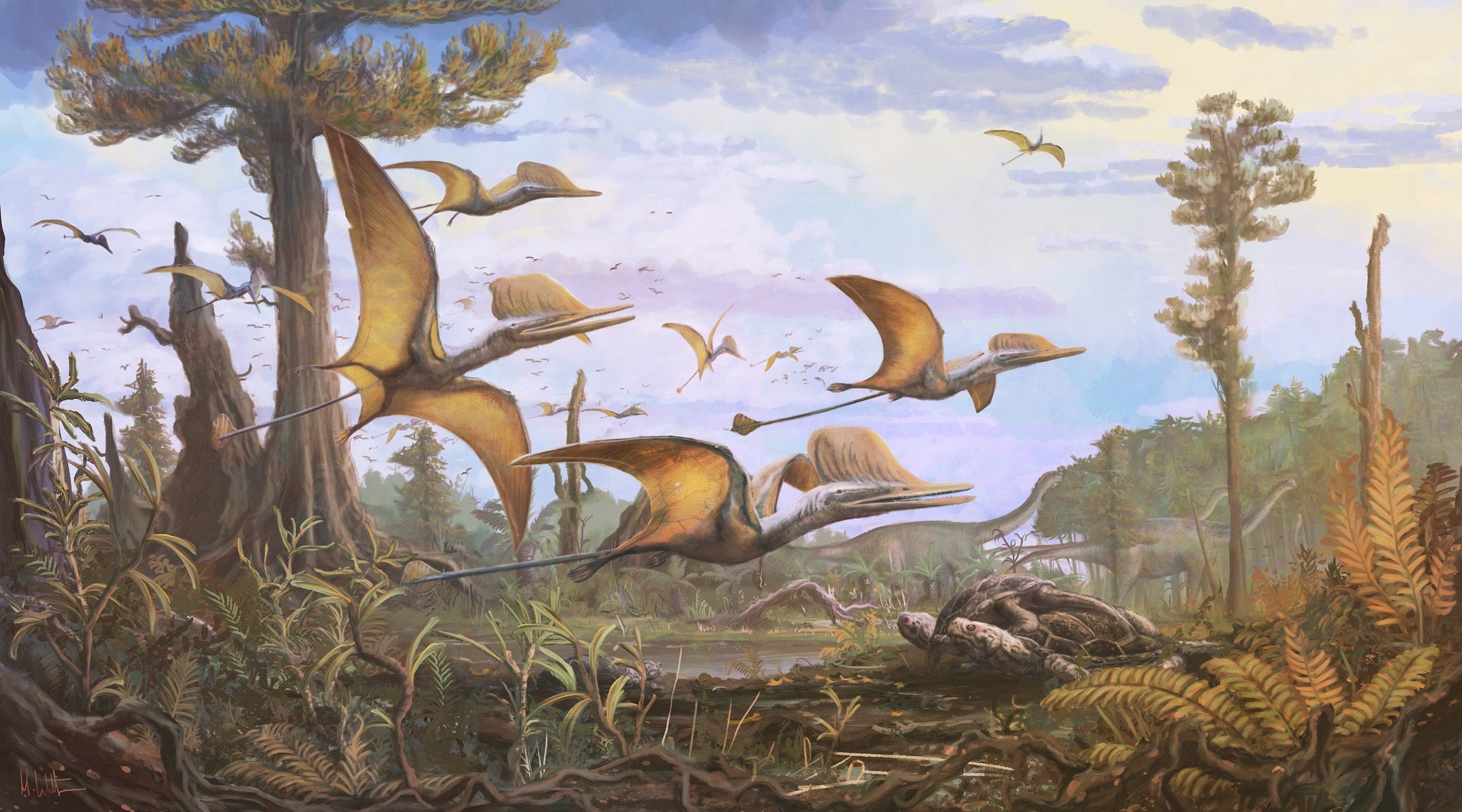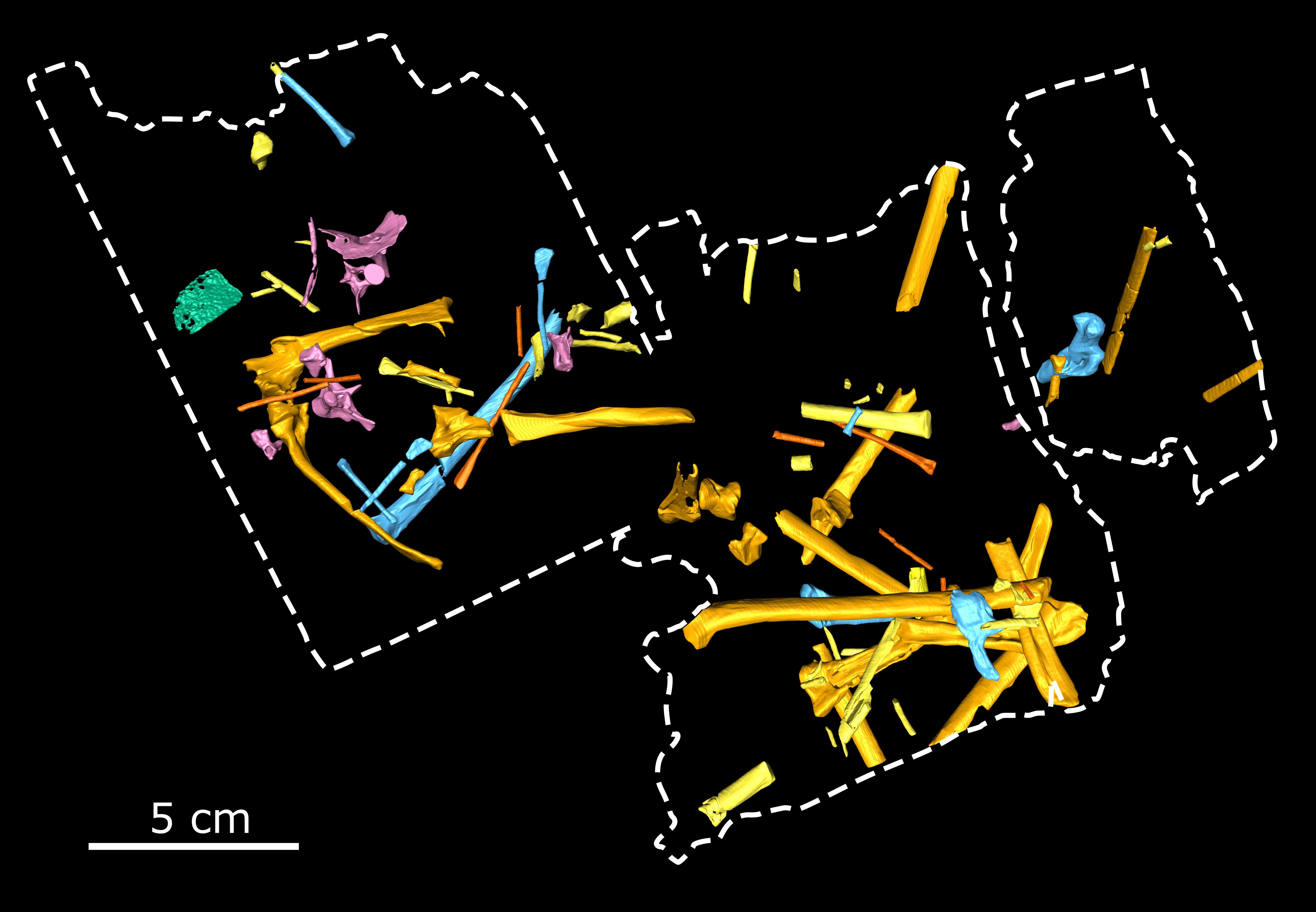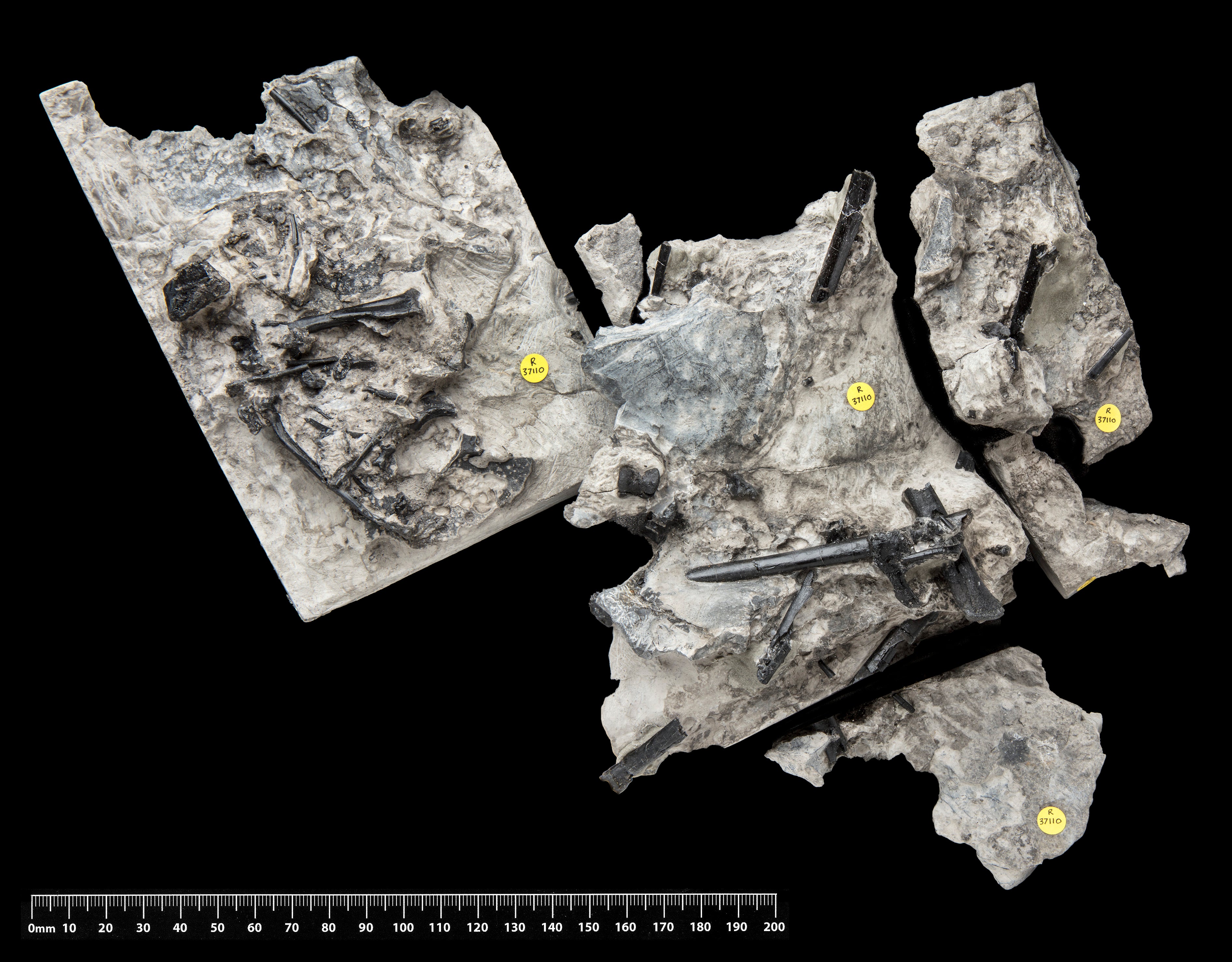New winged dinosaur species uncovered on Scottish island with links to China
The new species belongs to a group of pterosaurs known as Darwinoptera

Your support helps us to tell the story
From reproductive rights to climate change to Big Tech, The Independent is on the ground when the story is developing. Whether it's investigating the financials of Elon Musk's pro-Trump PAC or producing our latest documentary, 'The A Word', which shines a light on the American women fighting for reproductive rights, we know how important it is to parse out the facts from the messaging.
At such a critical moment in US history, we need reporters on the ground. Your donation allows us to keep sending journalists to speak to both sides of the story.
The Independent is trusted by Americans across the entire political spectrum. And unlike many other quality news outlets, we choose not to lock Americans out of our reporting and analysis with paywalls. We believe quality journalism should be available to everyone, paid for by those who can afford it.
Your support makes all the difference.A new winged dinosaur has been discovered on a Scottish island.
Scientists have discovered the new species of pterosaur, named Ceoptera evansae, on the Isle of Skye.
The winged reptile lived between 168 to 166 million years ago during the Middle Jurassic period.
The new species belongs to a group of pterosaurs known as Darwinoptera, with many fossils also found in China.
Palaeontologists spotted the fossil remains in 2006 during a field trip to Elgol, on the south-west coast of the island.
Since then, the team have spent years physically preparing the specimen and taking scans of the bones, some of which remain completely embedded in rock.
Despite the skeleton being incomplete – with only parts of the shoulders, wings, legs and backbone remaining – the researchers said it provides key insights into the evolutionary history and diversity of pterosaurs.
Findings, published in the Journal Of Vertebrate Paleontology, suggest Darwinoptera may have been considerably more diverse than previously thought, persisting for more than 25 million years.

Professor Paul Barrett, merit researcher at the Natural History Museum, said: “Ceoptera helps to narrow down the timing of several major events in the evolution of flying reptiles.
“Its appearance in the Middle Jurassic of the UK was a complete surprise, as most of its close relatives are from China.
“It shows that the advanced group of flying reptiles to which it belongs appeared earlier than we thought and quickly gained an almost worldwide distribution.”
Ceoptera evansae gets the first part of its name from the Scottish gaelic word “cheo”, meaning mist or fog, and the Latin word “ptera”, meaning wing.
The second part, evansae, honours British palaeontologist Professor Susan E Evans for her years of scientific work, particularly on the Isle of Skye.
As the Elgol coastal site is classed as a Site of Special Scientific Interest, the team led by Prof Barrett could only collect specimens from rocks that had fallen on to the beach.

But while crawling over boulders to examine these fossils, the researchers noticed a few bones sticking out, which has now been revealed as the new pterosaur.
Lead author Dr Liz Martin-Silverstone, a palaeobiologist from the University of Bristol, said: “The time period that Ceoptera is from is one of the most important periods of pterosaur evolution, and is also one in which we have some of the fewest specimens, indicating its significance.
“To find that there were more bones embedded within the rock, some of which were integral in identifying what kind of pterosaur Ceoptera is, made this an even better find than initially thought.
“It brings us one step closer to understanding where and when the more advanced pterosaurs evolved.”
The researchers said that pterosaur fossils from the Middle Jurassic period are rare and mostly incomplete, hindering attempts to understand more about how these creatures evolved.
Join our commenting forum
Join thought-provoking conversations, follow other Independent readers and see their replies
Comments